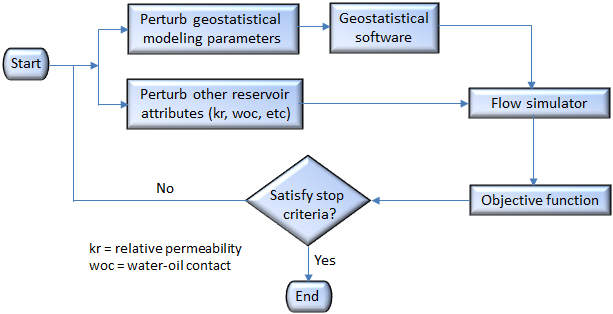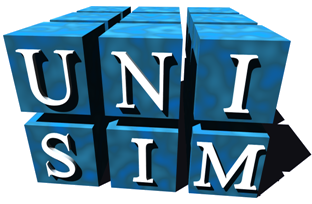
In conventional history matching procedures, petrophysical properties, such as porosity and permeability, are usually modified using multipliers. This procedure may generate models geologically inconsistent. This can be worse when changes are made regionally, because the modifications do not respect reservoir continuities. To maintain the geological consistency, respecting the spatial correlation (variogram) of petrophysical properties, the recommended procedure is to carry out the history matching process integrated to the geostatistical modeling. This procedure is usually called “Big-Loop”. However, this integration leads to a complex problem because the relationship between the input and output variables (objective function) can be highly nonlinear.
One of the main challenges is the local history matching, because it is necessary to perturb the model locally, to match individual wells and, at the same time, to maintain spatial continuity of the perturbed property. Furthermore, it is common the occurrence of cross influence, that is, modification in one region may influences wells in other regions, increasing the difficult of the problem.
The main objectives of this research line are: (1) to propose automatic workflows to integrate the history matching with geostatistical modeling; (2) to propose methodologies to condition the generation of geostatistical images based on the quality of history matching, focusing in regional perturbation for local history matching; (3) to study new methodologies to integrate history matching of naturally fractured reservoirs with reservoir characterization.






